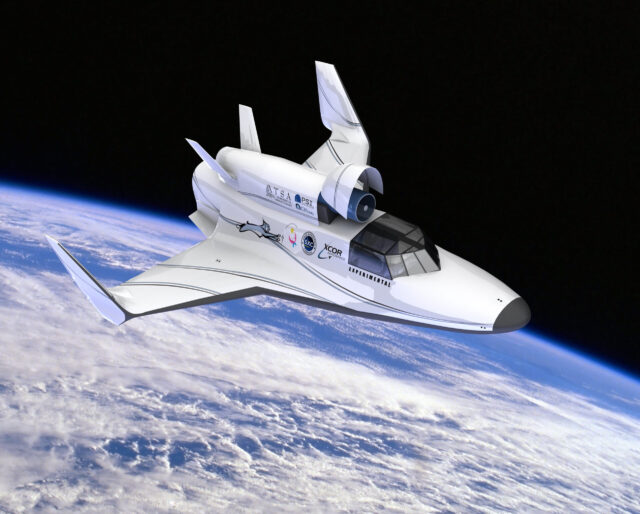Space Planes: Exploring the Final Frontier

About Course
Get ready to dive into the cutting-edge world of space planes, where aviation meets the cosmos. This course invites students on an exciting journey through the past, present, and future of space plane technology—a field that promises to redefine space travel. From sleek, reusable vehicles that soar through Earth’s atmosphere to orbit and back, to the dream of hypersonic travel and space tourism, space planes are at the heart of the next revolution in aerospace engineering.
You’ll uncover the roots of space plane innovation, from early design concepts to groundbreaking test flights, and explore the challenges engineers face in balancing atmospheric and orbital mechanics. Discover how these high-speed craft play a pivotal role in satellite deployment, microgravity research, and even commercial spaceflight. Whether you’re passionate about engineering, fascinated by space tourism, or dreaming of a career in aerospace, this course will spark your imagination and provide a comprehensive foundation in one of the most dynamic frontiers of modern science.
Course Content
Introduction
The concept of space planes and their significance in space exploration
00:00Historical background and the evolution of space plane technology
00:00Purpose and potential applications of space planes
00:00